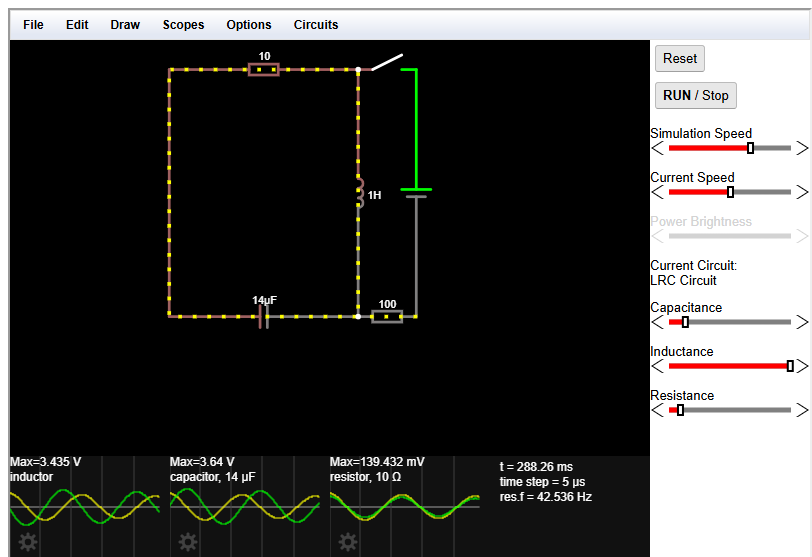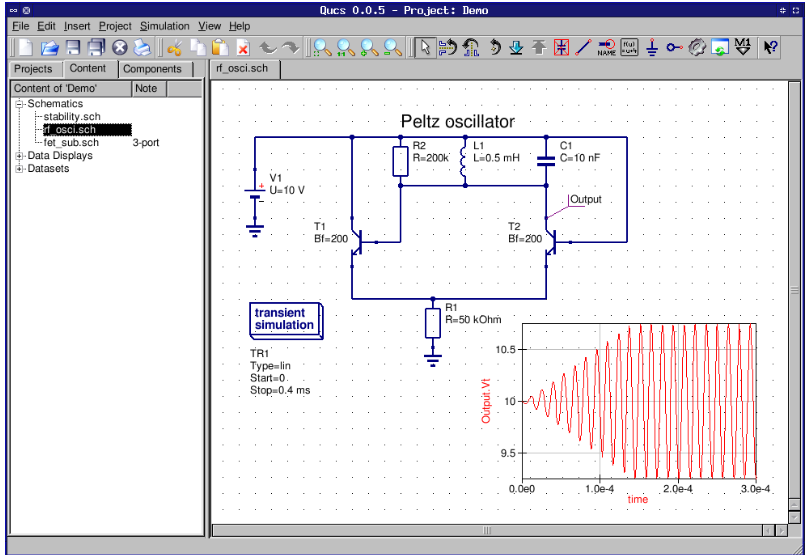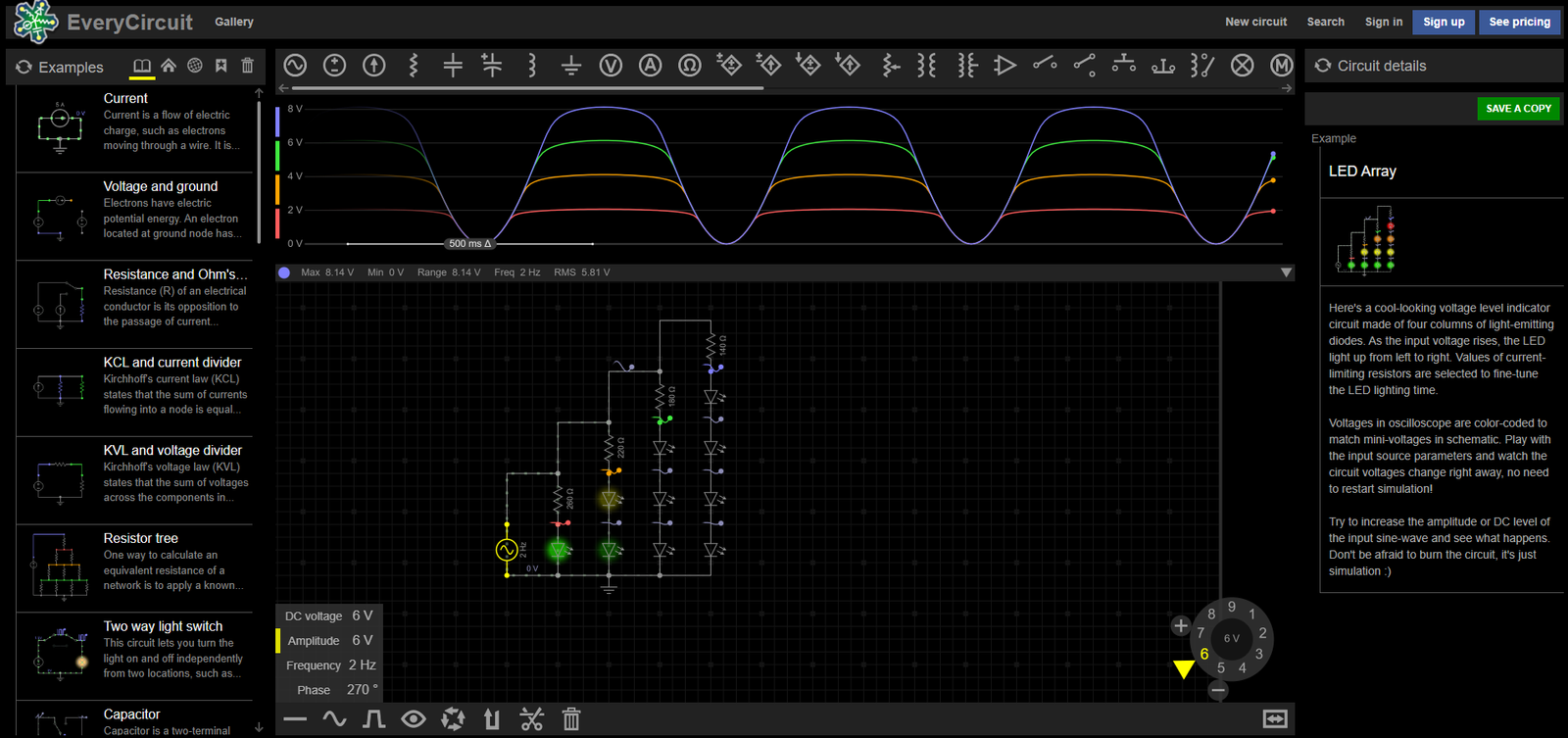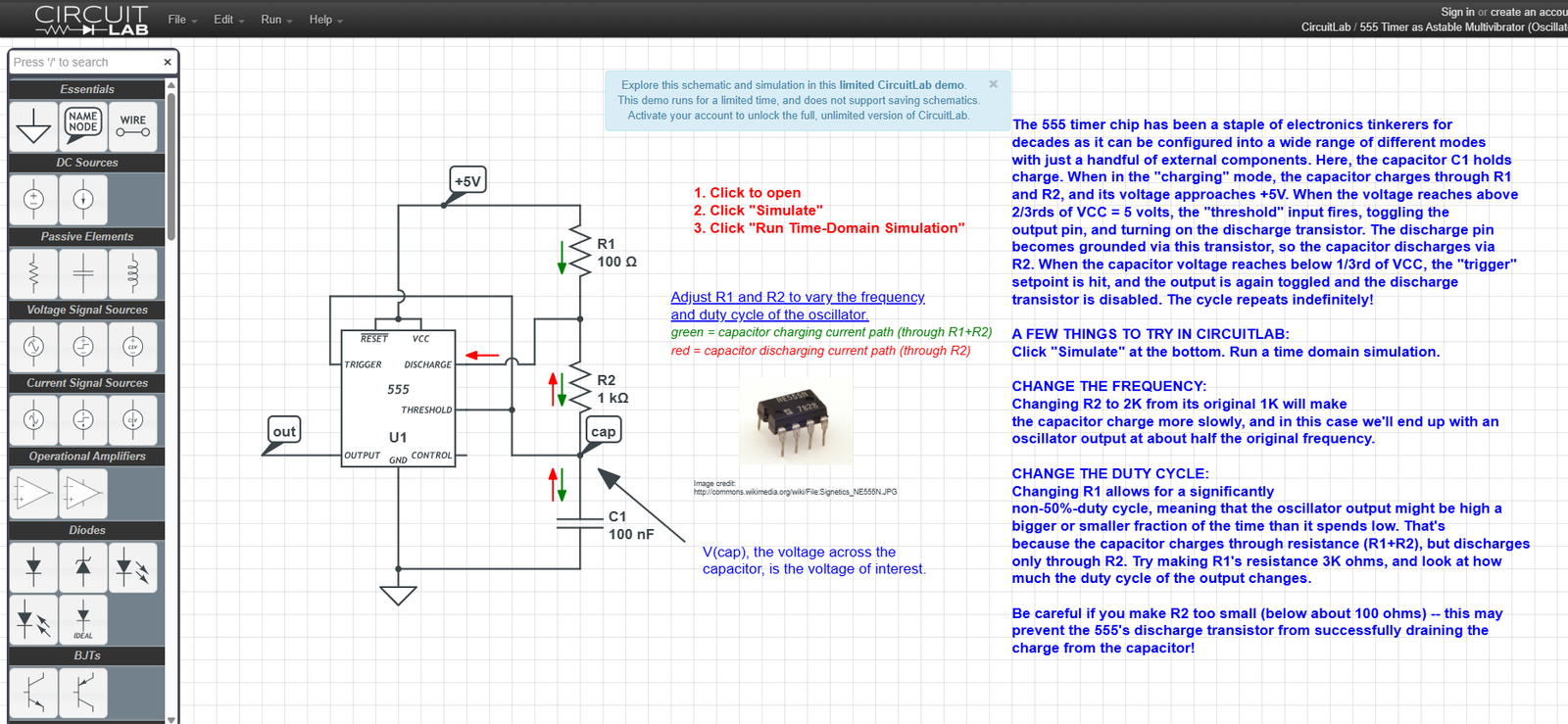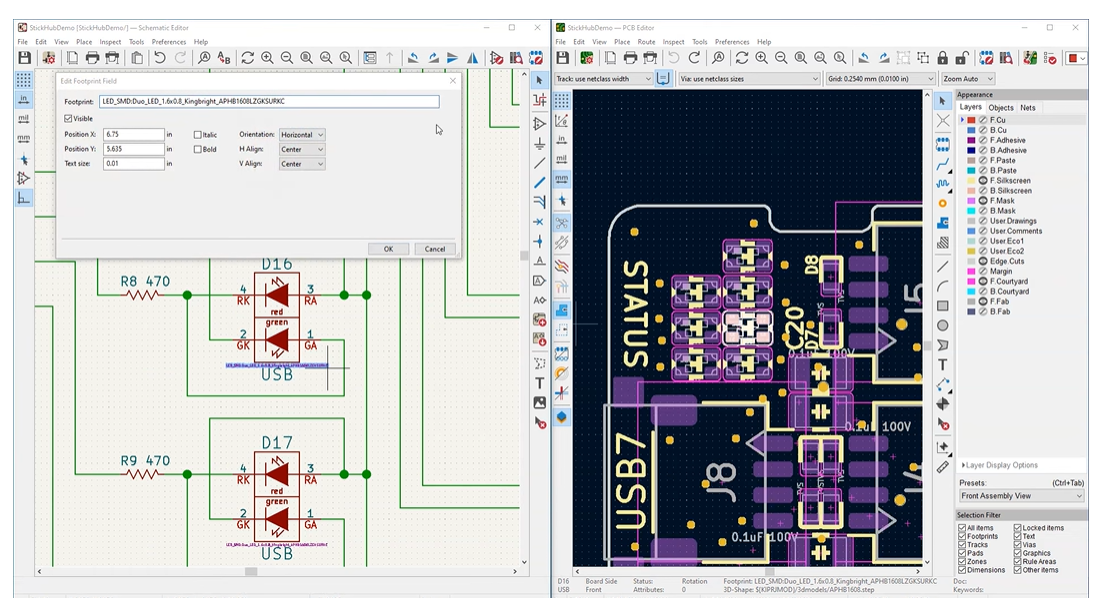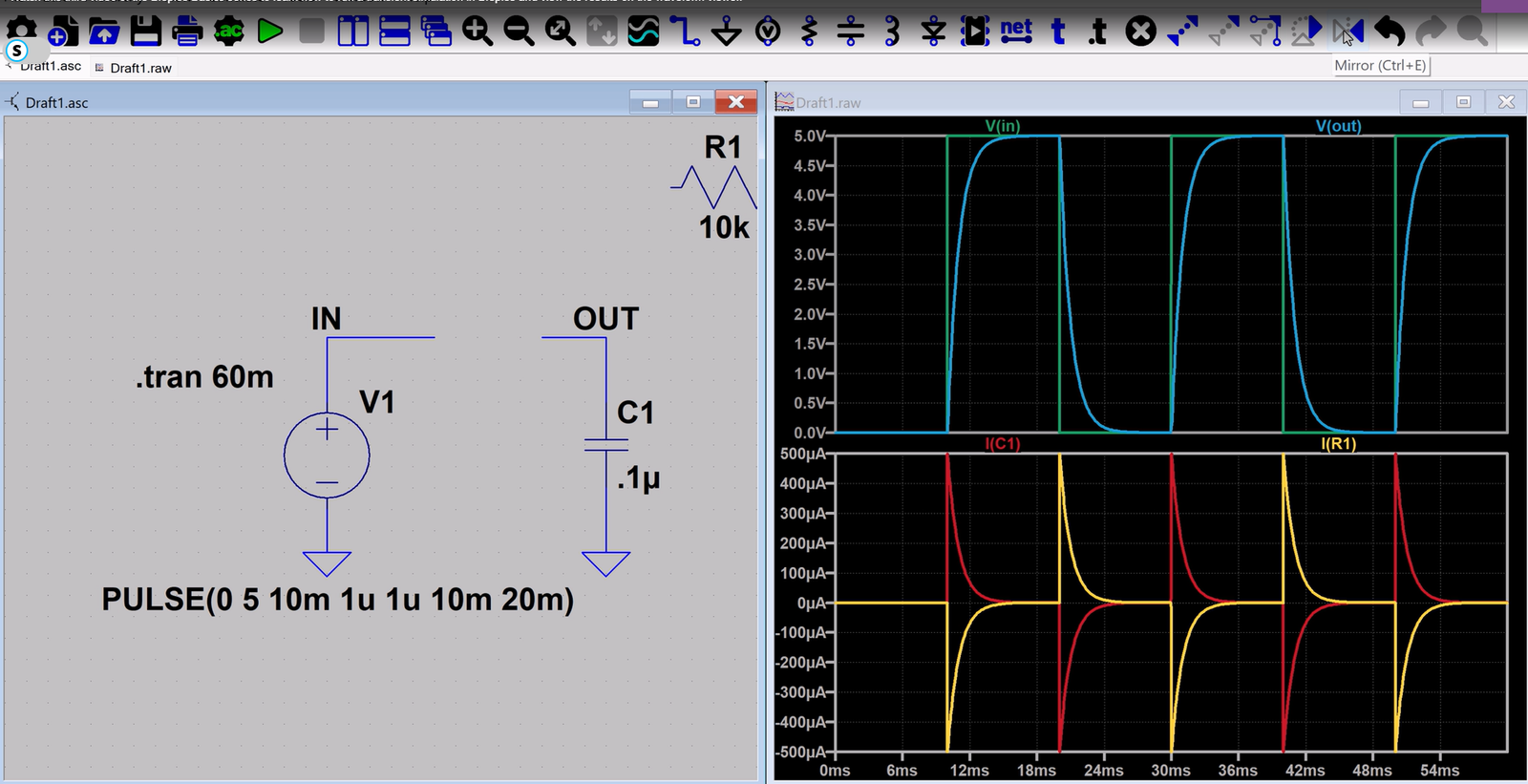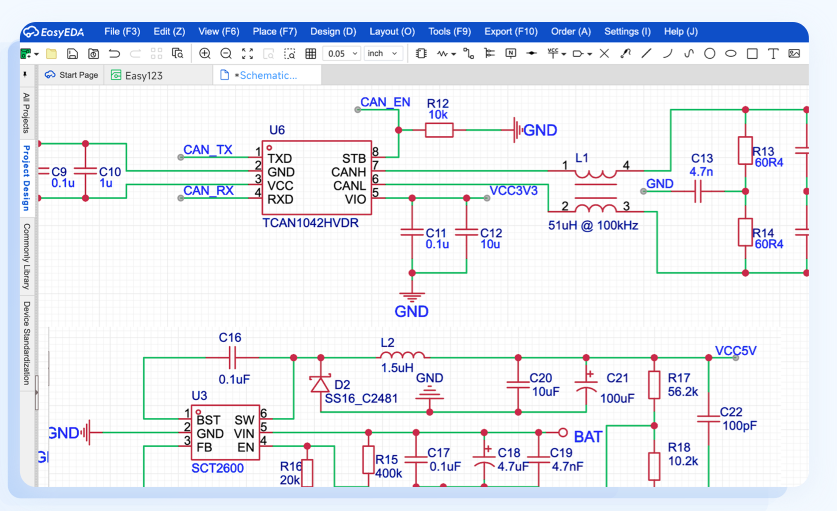10 Best Free Circuit Simulators You Can Use online
Outline of the Article
- Introduction
- What is a Circuit Simulator?
- Why You Should Use a Circuit Simulator
- 1. Tinkercad Circuits – Best for Beginners and Educators
- Features
- Pros and Cons
- 2. Crumb – Most Realistic Breadboard Simulator
- Visual Experience
- Arduino Code Integration
- 3. Falstad Circuit Simulator – Lightweight and Browser-Based
- How it Works
- Graphical Waveform Analysis
- 4. QUCS – Quite Universal Circuit Simulator
- High-Frequency and RF Circuit Simulation
- Advanced Simulation Options
- 5. EveryCircuit – Visual, Interactive, and Mobile Friendly
- Mobile Experience
- Real-Time Simulation
- 6. CircuitLab – Professional Grade Online Tool
- Interface and Ease of Use
- Export and Share Features
- 7. KiCad Eeschema + Ngspice – Open-Source with Powerful Tools
- Simulation Workflow
- PCB Layout Integration
- 8. LTSpice – SPICE-Based Simulator from Analog Devices
- Analog Circuit Simulation
- Built-in Models and Components
- 9. EasyEDA – Online Circuit Design and Simulation
- Web-Based EDA Tool
- Collaboration and PCB Design
- 10. Proteus Design Suite (Free Version)
- Embedded System Design
- Visual Debugging and Virtual Instruments
- How to Choose the Right Circuit Simulator
- Based on Your Project Needs
- Learning Curve and Support
- FAQs
- What is the best free circuit simulator for Arduino projects?
- Can these simulators help in PCB designing too?
- Which one is better – online or offline simulator?
- Are free simulators enough for professional-level projects?
- Can I use these simulators on mobile devices?
10 Best Free Circuit Simulators You Can Use Today
Introduction
Whether you’re a curious beginner or a seasoned electronics pro, circuit simulators are your digital playground. Imagine being able to test and tweak circuits without burning out components or spending hours soldering — that’s the magic of these simulators.
What is a Circuit Simulator?
Think of a circuit simulator like a virtual lab bench. It lets you drag and drop electronic components, wire them up, and watch how they behave — all without lifting a soldering iron.
Why You Should Use a Circuit Simulator
Save time. Save money. Avoid headaches. Circuit simulators let you experiment freely, learn by doing, and debug like a pro. Whether you’re prepping for a real build or just exploring electronics, they’re your best friend.
1. Crumb – Most Realistic Breadboard Simulator
Visual Experience
Crumb gives you a 3D breadboard environment that looks almost like the real deal. Components snap into place just like actual breadboards, and wire management is super intuitive.
Arduino Code Integration
You can upload code to an Arduino Nano, run it, and even monitor output in a built-in serial monitor.
✅ Realistic and fun
❌ Limited advanced components
Crumbsim – https://www.crumbsim.com/
2. Tinkercad Circuits – Best for Beginners and Educators
Features
- Browser-based, no installation required
- Drag-and-drop components
- Real-time simulation with interactive instruments
- Arduino IDE and block-based coding
- Built-in tutorials for learning
Pros and Cons
✅ Beginner-friendly interface
✅ Works directly in your browser
❌ Limited component library compared to Pro Tools
Tinkercad Circuits- https://www.tinkercad.com/
3. Falstad Circuit Simulator – Lightweight and Browser-Based
How it Works
No login, no download. Just go to the site and start building! Add resistors, capacitors, switches, and more with just a right-click.
Graphical Waveform Analysis
It shows current flow and waveforms in real-time — perfect for visual learners.
✅ Quick and simple
✅ Tons of built-in examples
❌ Not suitable for embedded systems
Falstad Circuit Simulator – https://www.falstad.com/circuit/
4. QUCS – Quite Universal Circuit Simulator
High-Frequency and RF Circuit Simulation
If you’re into serious RF or analog work, QUCS is a great pick. It’s open-source and supports detailed SPICE-level analysis.
Advanced Simulation Options
DC, AC, S-parameter, and transient — all the fancy stuff pros need.
✅ Powerful for radio-frequency projects
❌ Slightly outdated interface
QUCS – Quite Universal Circuit Simulator – https://qucs.sourceforge.net/
5. EveryCircuit – Visual, Interactive, and Mobile Friendly
Mobile Experience
This app-based simulator works beautifully on Android and iOS. You can simulate circuits on the go with animated visuals.
Real-Time Simulation
Touch and drag to adjust voltages and watch everything change instantly.
✅ Best for mobile users
❌ Premium version needed for full features
EveryCircuit – https://everycircuit.com/
6. CircuitLab – Professional Grade Online Tool
Interface and Ease of Use
It has a clean schematic editor and solid simulation backend. Perfect for those transitioning from beginner to intermediate.
Export and Share Features
Export schematics as images or even embed them in web content.
✅ Clean UX
❌ Limited free features
CircuitLab – https://www.circuitlab.com/
7. KiCad Eeschema + Ngspice – Open-Source with Powerful Tools
Simulation Workflow
KiCad’s schematic tool, Eeschema, works with Ngspice to simulate analog and digital circuits.
PCB Layout Integration
Simulate, then jump straight to PCB design. That’s workflow magic.
✅ Ideal for hobbyists and makers
❌ Steep learning curve
KiCad Eeschema + Ngspice – Open-Source with Powerful Tools –https://www.kicad.org/
8. LTSpice – SPICE-Based Simulator from Analog Devices
Analog Circuit Simulation
LTSpice is a heavyweight in the world of analog simulation. It handles complex circuits like a champ.
Built-in Models and Components
It comes with hundreds of real-world component models and is backed by Analog Devices.
✅ Industry standard
❌ Not beginner-friendly
LTSpice – SPICE-Based Simulator from Analog Devices – https://www.analog.com/en/resources/design-tools-and-calculators/ltspice-simulator.html
9. EasyEDA – Online Circuit Design and Simulation
Web-Based EDA Tool
This tool combines schematic capture, simulation, and PCB design in a single cloud platform.
Collaboration and PCB Design
Work with team members, track revisions, and export directly to PCB fabrication.
✅ All-in-one tool
❌ Internet required
EasyEDA – Online Circuit Design and Simulation – https://easyeda.com/
10. Proteus Design Suite (Free Version)
Embedded System Design
Proteus allows both circuit simulation and microcontroller programming — ideal for Arduino, PIC, and AVR projects.
Visual Debugging and Virtual Instruments
Use oscilloscopes, logic analyzers, and more inside the simulator.
✅ Perfect for embedded developers
❌ Full version is paid
Proteus Design Suite – https://www.labcenter.com/
How to Choose the Right Circuit Simulator
Based on Your Project Needs
Are you building a simple LED flasher? Tinkercad might be enough. Designing a high-frequency amplifier? Go with QUCS or LTSpice.
Learning Curve and Support
Beginners should look for drag-and-drop simplicity and tutorials. Advanced users might want deep simulation controls.
YouTube Video – 10 Best Circuit Simulators for 2025!
FAQs
1. What is the best free circuit simulator for Arduino projects?
Tinkercad Circuits is fantastic for Arduino beginners due to its block-based coding and built-in simulation tools.
2. Can these simulators help in PCB designing too?
Yes! Tools like KiCad and EasyEDA are great for both simulation and PCB layout.
3. Which one is better – online or offline simulator?
Online simulators are easier to access, while offline tools like LTSpice offer more powerful features.
4. Are free simulators enough for professional-level projects?
Absolutely! Many professionals use free tools like LTSpice, KiCad, and QUCS for real-world designs.
5. Can I use these simulators on mobile devices?
Yes. EveryCircuit and EasyEDA offer mobile-friendly experiences for on-the-go simulations.


